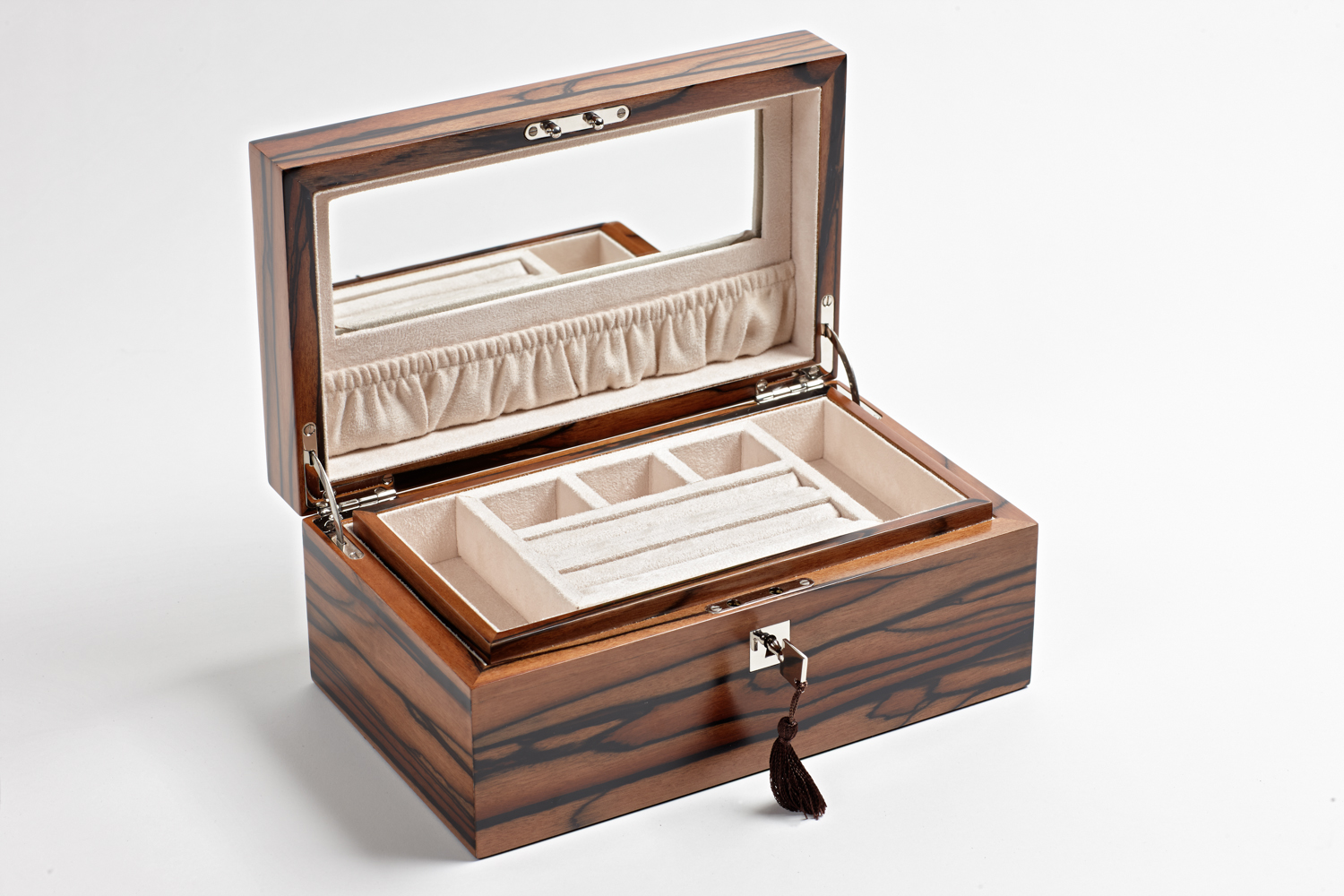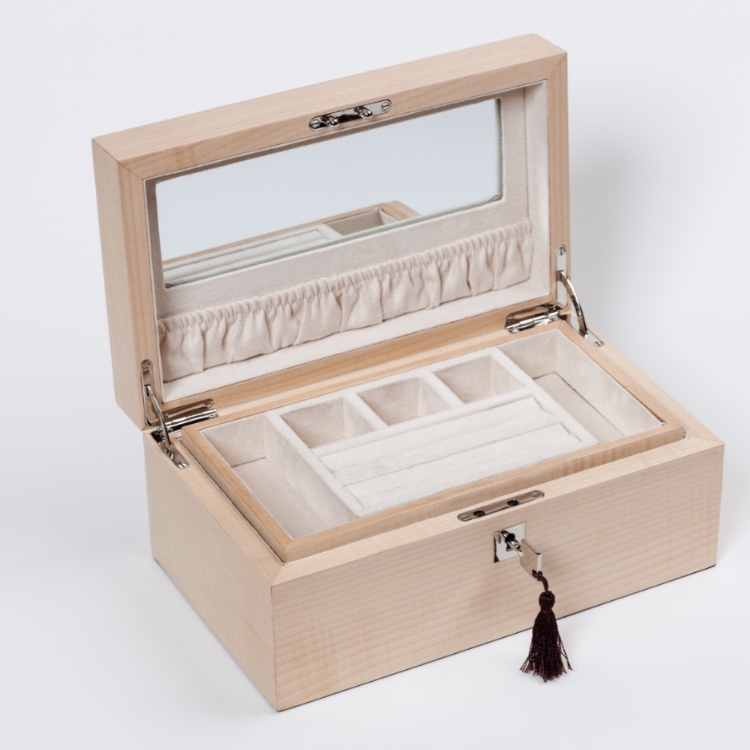The Ruby is a precious gemstone, most widely recognised as being red - but can be all shades from colourless to pink to a deep crimson. Rubies are part of the corundum mineral family and are a mix of aluminium oxide and chromium – with the chromium helping to give its striking red colour. The name ruby comes from the Latin word for red “ruber”. Rubies are considered to be one of the four most precious stones, the others being diamond, emerald and sapphire (also a corundum).
![]()
The ruby has always been associated with wealth and royalty, as possessing a ruby was said to be very beneficial due to the fact it could aid in the accumulation of wealth, it would protect the owner’s lands and estates, and it would be useful in acquiring other precious gemstones. It was also said to have talismanic properties that were concerned with protection – including allowing the owner to live in peace with all other men if the ruby was worn on the left-hand side. The owner was also said to be safe from having his rank or land taken away, be preserved from perils and the stone would ensure his estate was guarded against storms.
Rubies are also associated with blood, and many people refer to them as the “Stone of Soldiers”. The Burmese nation specifically prized the ruby for this reason – they believe that a ruby inserted within the skin meant that the person was safe from wounding by spear, sword or gun. Soldiers who had had a ruby inserted in their flesh were said to be the fiercest in a battle too. However, there is a flip side to this belief that rubies are a prevention for wounds, and that is the belief that rubies (and other red stones) could actually inflict more damage if used as bullets – as seen when the Hanzas used ruby bullets in their uprising against the English in 1892.
![Luxury Jewellery Boxes]()
There is a very famous book associated with gems, called “The Book of Wings” which was written by Ragiel who held the belief that gemstones which had been carved in ancient times where actually created that way naturally. Ragiel has thoughts on every type of gemstone, and his words on the Ruby are: “If the beautiful and terrible figure of a dragon is found on a ruby or other stones or a similar virtue, it has the power to augment the goods of this world, and make the wearer joyous and healthy.
Ragiel was perhaps referring to the Rubies inner glow that can sometimes look like a fire. The fiery glow of a ruby has led to many interesting myths being born – such as the idea that Rubies can boil water if placed in it. It was also believed that a Ruby could never be hidden as its glow would shine through any wrappings or coverings. At one point, there was a wide held belief that darker rubies were male and lighter rubies were female although both these varieties were believed to have the same properties. Rubies were felt to keep the owner mentally and physically healthy, help them to control their evil and amorous thoughts, and also helping the wearer to reconcile any disputes they had!
The Ruby is also a beloved stone for Hindus, as they regard it as the “king of precious stones”, and rubies appear as the fruit on The Kalpa Tree which is a symbolic offering to the gods consisting entirely of precious stones. Hindus also believe that if a king dreamt of rubies, it meant that the king would enjoy good fortune, and great joy and his enemies would fear him more than ever before! The Hindu’s also believe that dreams of rubies meant that the dreamer would have success in business matters and money, and a good harvest (if they were farmers).
![Luxury Jewellery Boxes]()
With such a long history and such claims being made about it, no wonder the Ruby has such a reputation and beauty about it. If you are lucky enough to own some Ruby jewellery, whether for protection or as a way to increase your fortunes, then why not give it the home it deserves in one of iWoodesign’s luxury jewellery boxes? To see the full range, and iWoodesign’s other unique pieces head to
www.iwoodesign.com

